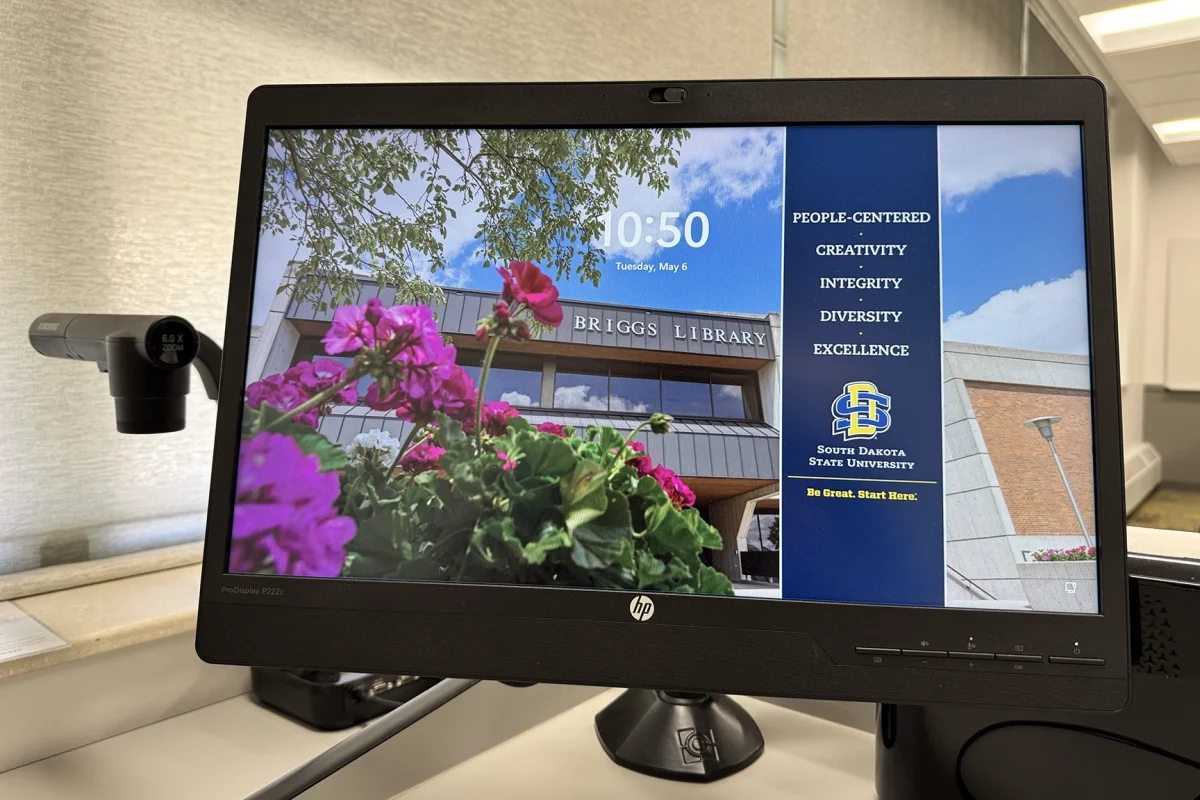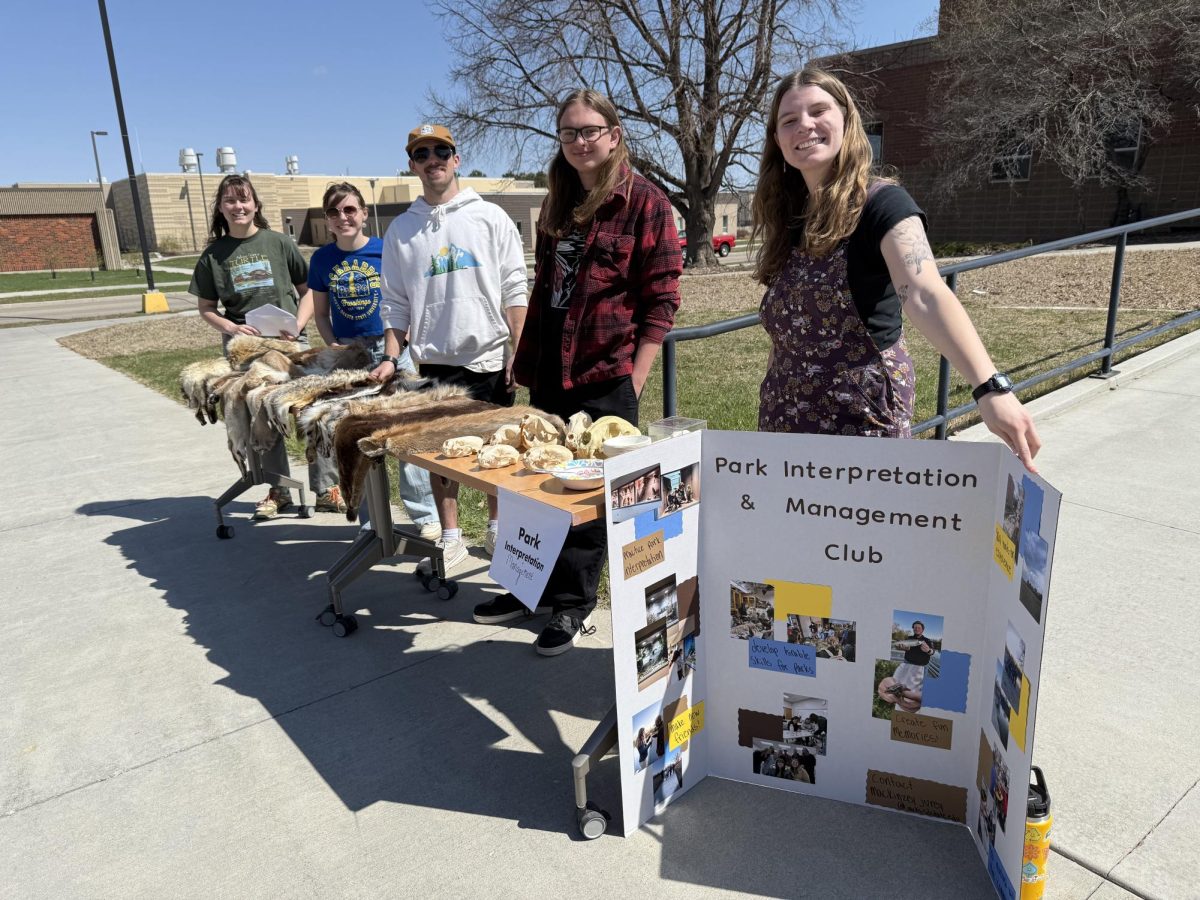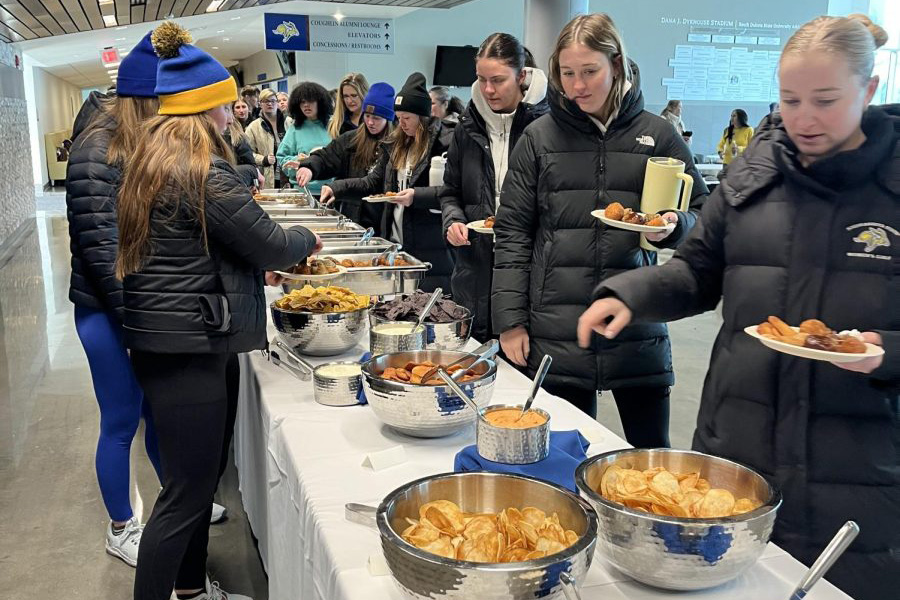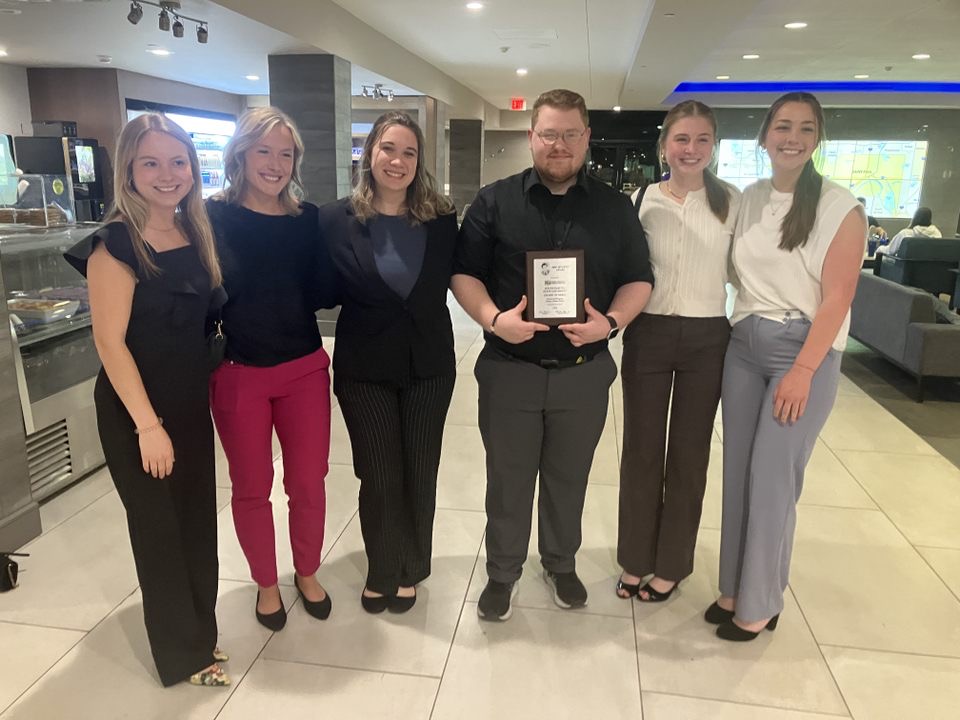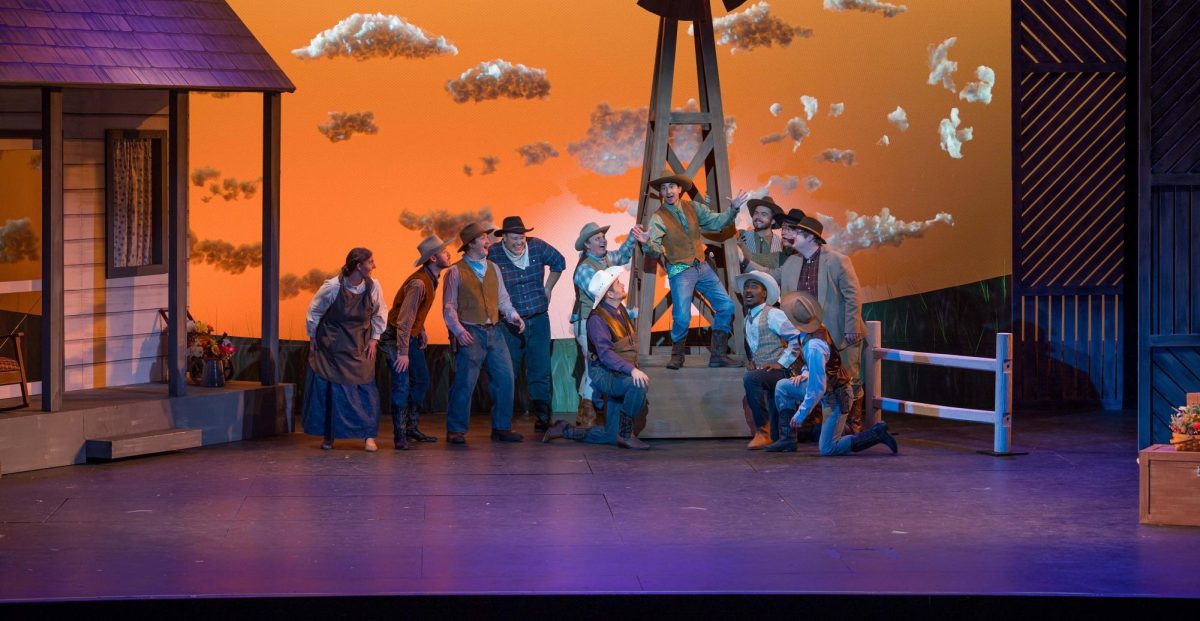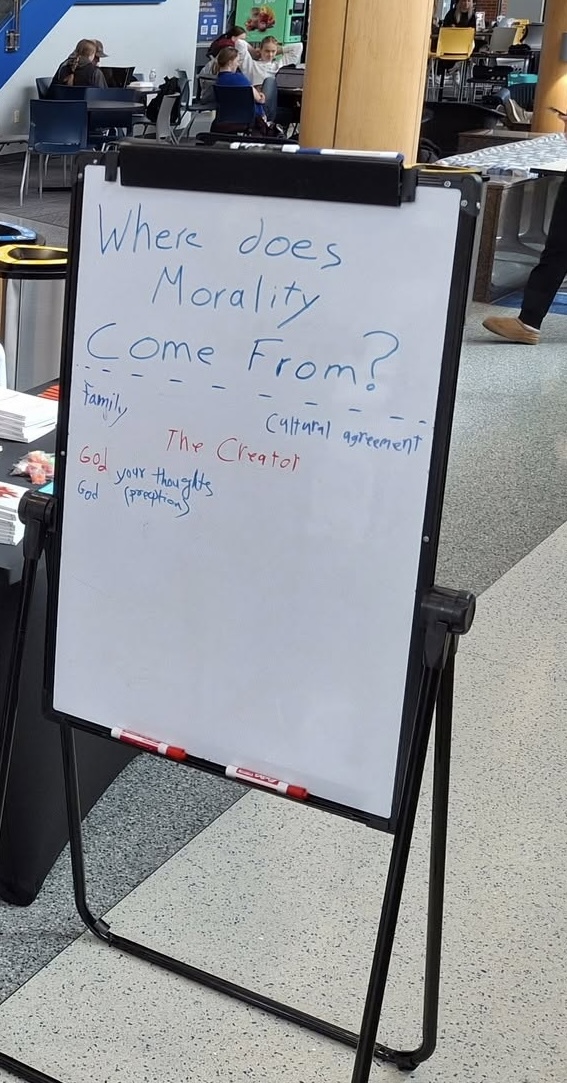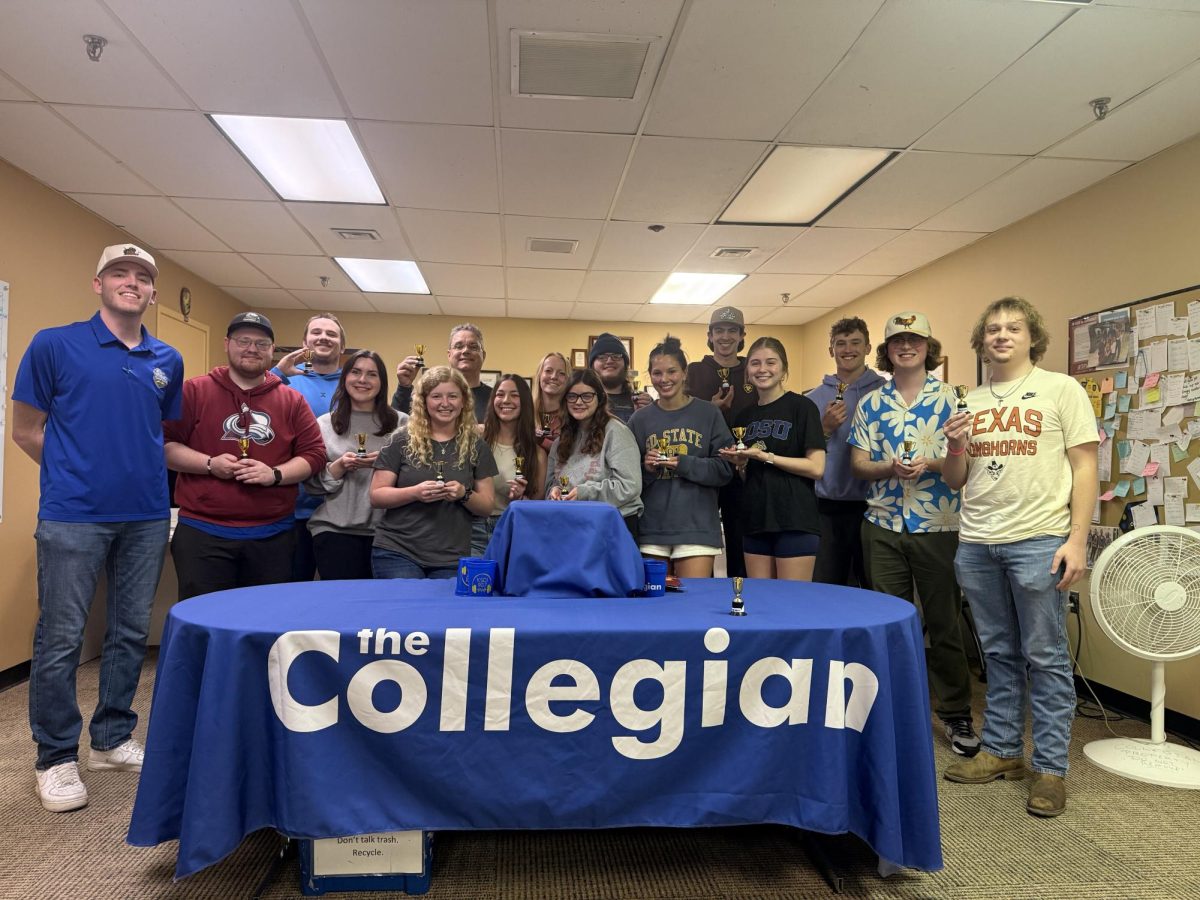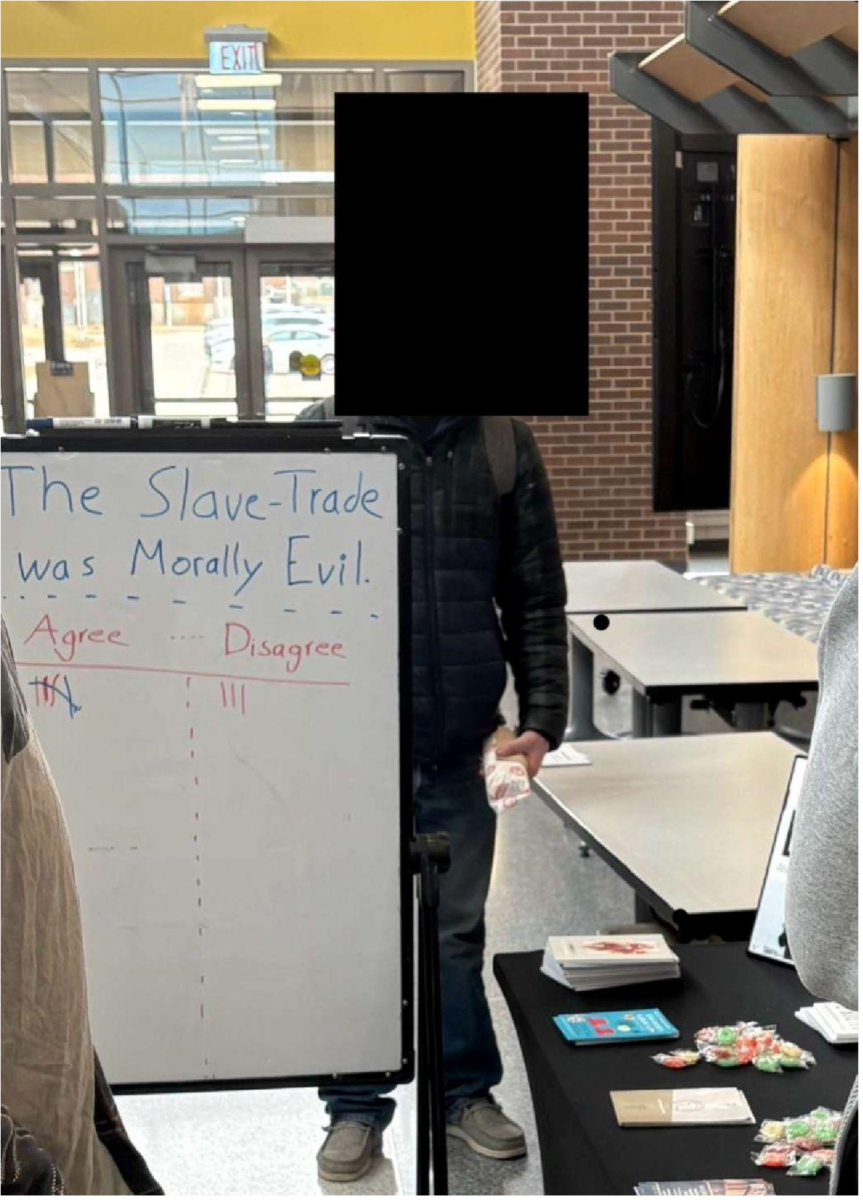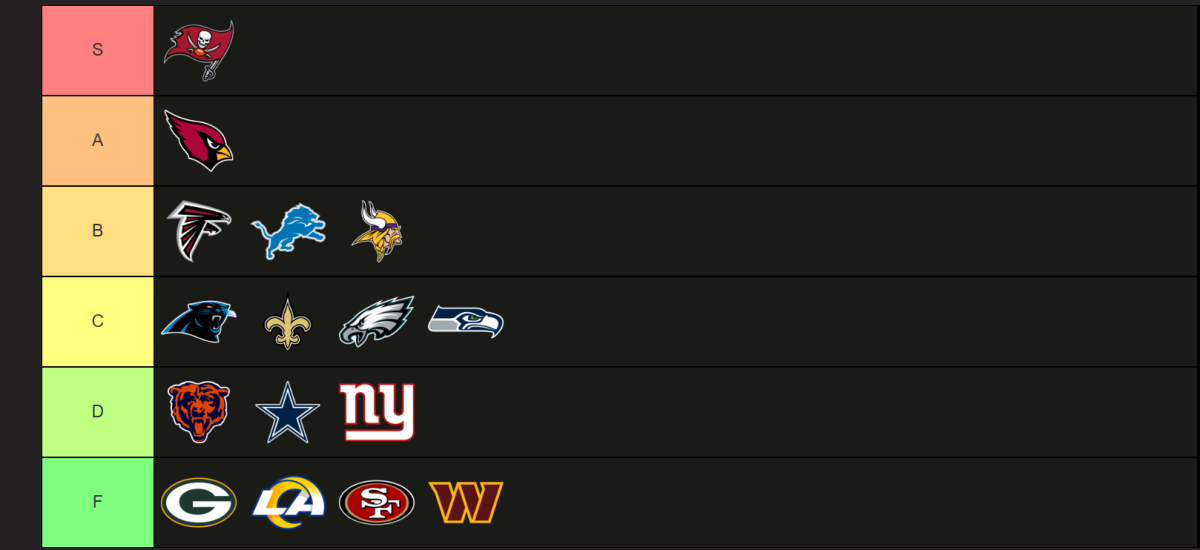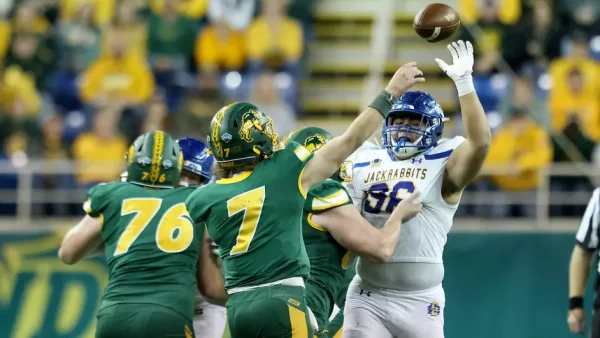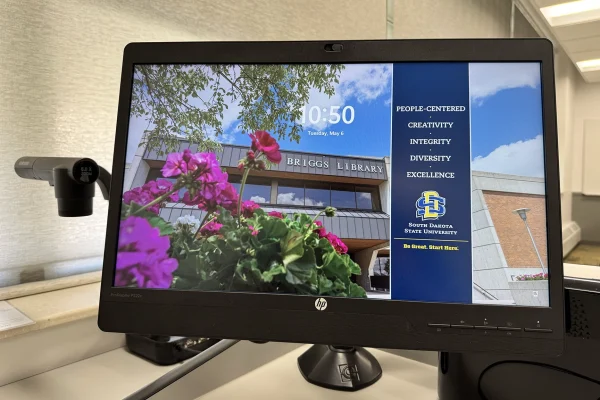SDSU delegation travels to Poland
September 27, 2005
Faith Moldan
Four SDSU students and three faculty members traveled to Poland recently, where they interacted with students and learned more about the possibility of a study-abroad program with Warsaw Agricultural University.
“It’s a lot like SDSU,” said Students’ Association President Ryan Brunner of the Polish university. Brunner was one of the students to visit the country.
SDSU currently has a tentative agreement with the school to form an exchange program for students at both universities. Brunner said some students in Poland are very interested in coming to SDSU to study. Representatives from WAU have also visited Brookings.
This trip was not the first time that representatives from SDSU have visited Poland. Members of SDSU administration have vistited the university before.
The other students included SA Vice President Tim Wrenn, Tara Trask and Kelsey Wuttke. Faculty members were Karl Schmidt, director of international programs, Marysz Rames, vice president for student affairs, and Mike Adelaine, chief information technology officer. Schmidt organized the trip.
The six-day long trip, funded through the President’s office, ran Sept. 13 through 20 and included visits to Warsaw and Krakow, Poland, and Budapest, Hungary.
Those on the trip were chosen by the president due to their high level of involvement at SDSU. For the past three years, the SA president and vice president have taken similar trips. Last year’s administration visited China. Trask and Wuttke, both sophomores, each work in departments on campus in which they can relay what they learned from the trip. Trask works in admissions, and Wuttke is an orientation leader.
“It’s a good idea to send our students there,” Brunner said.
The group researched the university and its facilities to see if it would be feasible for SDSU students to attend classes and do well. They looked into whether or not classes are taught in English and are available for students with a variety of majors.
“It doesn’t make sense to send students over there if they won’t do well,” Brunner said.
Schmidt added that it was a very good trip, with vigorous marketing for the exchange program.
“We want to create more student interest in the program,” he said.

